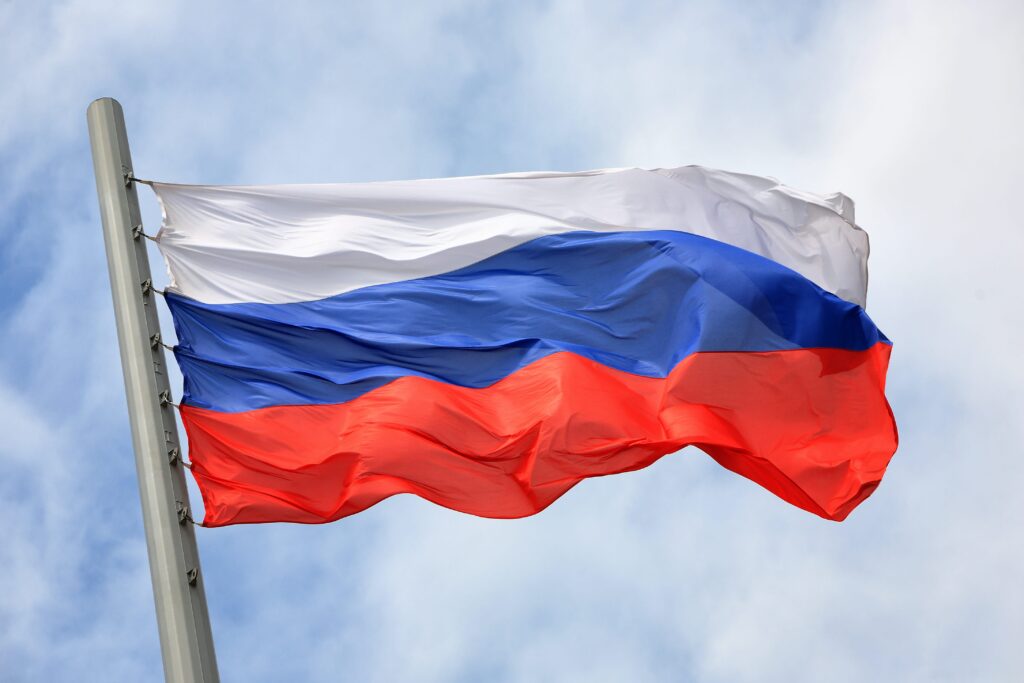
…Was Putin kept in the dark about its weaknesses?
In March 2017, Commander of the Russian Armed Forces Valery Gerasimov wrote an article about how the Russian military was being transformed so they could fight “war in modern conditions”.
The article provided an update on his now seminal 2013 article on modern warfare, which many in the West mischaracterised as the “Gerasimov Doctrine”.
Perhaps the most interesting part of his 2017 article — and ironic for the Russian military forces — is this passage:
“It must be remembered that victory is always achieved not only by the material, but also by the spiritual resources of the people, by their unity and desire to oppose aggression with all their might.”
It has been the unity and desire to oppose aggression of the Ukrainians in the past two weeks upon which the vaunted Russian military forces have foundered.
Because of this, many now question the effectiveness of Russian military reforms over the past decade. What lessons might Western military forces, and their government bosses, take from Russian military operations in Ukraine and the preceding reform program?
In theory, Russia was on the right track
Between 2008 and 2012, the Russian military discarded many of its legacy Soviet military structures following its operations in Georgia.
Next, a more profound transformation was undertaken: This included the Russian state armament program to compensate for 20 years of divestment in its armed forces.
It also reorganised its armed forces and built a smaller and more professional permanent force.
The transformation program also placed a high priority on joint exercises, enhanced readiness, improved training and a program to replace conscripts with contracted personnel.
New equipment, new ideas about future war, a more professional force at higher readiness and lessons from recent combat in Syria.
In theory, the combination of these elements, as well as its much larger size than the Ukrainian armed forces, should have given Russia a war-winning combination in Ukraine. What has gone wrong?
One issue may be that Russian political leadership did not fully comprehend the challenges of transforming their Cold War-era military.
Senior military leaders, who had not seen a major conflict in decades, conducted scripted exercises and were overly focused on new technologies, probably overestimating the impact of their reform initiatives.
Absorbed by a belief that “the very rules of war have changed … non-military means of achieving political and strategic goals has grown, and exceeded the power of force of weapons”, the Russian military leadership may have set the wrong goals for military effectiveness in their new force.
They certainly overlooked developing the basics of land combat: Combined arms, air-ground integration, close combat and good leadership are foundational capabilities that have been conspicuously absent in the Russian forces in Ukraine.
Was Putin kept in the dark?
Like recent revelations about falsified intelligence on Ukraine, the President of Russia was probably kept in the dark about deficiencies in the Russian military.
If Putin had invested hundreds of billions of dollars in the military over the previous decade, who was going to tell him it wasn’t working?
However, experienced Russia observers in the West were saying as early as 2017 that the power of the Russian military was overestimated, it was challenged by overstretch and was technologically backward. These observers have been proved right in the past two weeks.
There is an important lesson here for Western defence planners: They must have informed goals for military effectiveness in the 21st century.
And, if they are surrounded by yes-men and are not transparent with the outcomes of military transformation programs, they will probably get the wrong answers, and it will be the junior soldiers, sailors, airmen and women who will suffer.
Underinvesting in ground forces
A second problem may be that the Russians got the balance of investment in different military services wrong.
US scholar Michael Kofman has written that the overall focus of Russian military development from 2008 to 2014 “was to counter Western advantages in air power … To this end, much of the investment initially did not go towards Russian ground forces”.
Getting the balance of investment in land, air, maritime, cyber and information domains wrong can have catastrophic consequences.
Indeed, it is difficult to see evidence for where Russian investment over the past decade did go, except for some new equipment, much of which has been captured by wily Ukrainian soldiers (and farmers).
Russia’s air force has been incapable of achieving air supremacy against a smaller air force.
Its army has been out-thought and outfought for most of the war. The conduct of Russian information operations has been a spectacular failure compared to their Ukrainian adversaries.
Western defence planners should also take heed of this. There is a trend in some circles in several nations to focus on heavy investments in maritime warfare.
It is useful for manufacturing, and there is a lot of water in the Pacific. But it is conceivable that governments might overinvest in naval forces at the cost of air, land and information operations.
It is hardly useful to sink enemy ships if you cannot then destroy their aircraft or soldiers on the ground.
And Western militaries will need to engage in close combat again: It is just a matter of time.
Learning the wrong lessons
A final insight from Russian military transformation is learning the right lessons from operations.
Gerasimov made much of the lessons from Syria. He has described how Russia had acquired “priceless combat experience in Syria”.
Despite this emphasis on Syria, the Russians appear to have taken away many wrong lessons.
The war in Syria was an intervention at the invitation of a host government to suppress the population.
While the Russians did not engage in large-scale ground operations, it ended up being a conflict with many lessons irrelevant to Ukraine.
After two decades of low-level counterinsurgency warfare, Western governments must also be careful about what lessons are taken from these conflicts.
Rarely were Western forces challenged in the air or at sea. And there was never a time when Western forces had to fight on the land, in the air, at sea or in the cyber and information domains all at once.
However, that is the challenge of modern warfare moving forward.
Russia’s poor military performance over the past two weeks has been one of the great mysteries of the war so far.
Many observers have been perplexed about just how badly the Russian military has performed.
While more analysis is needed, the roots of Russian failure appear to lie in faults of their military transformation program of the past decade.
And, just like most military disasters, the failures in Russian transformation and their Ukraine operations start at the top.
Mick Ryan is a strategist and recently retired Australian Army major general. He served in East Timor, Iraq and Afghanistan, and as a strategist on the United States Joint Chiefs of Staff. His first book, War Transformed, is about 21st-century warfare.
Courtesy: ABC.nnet.au



